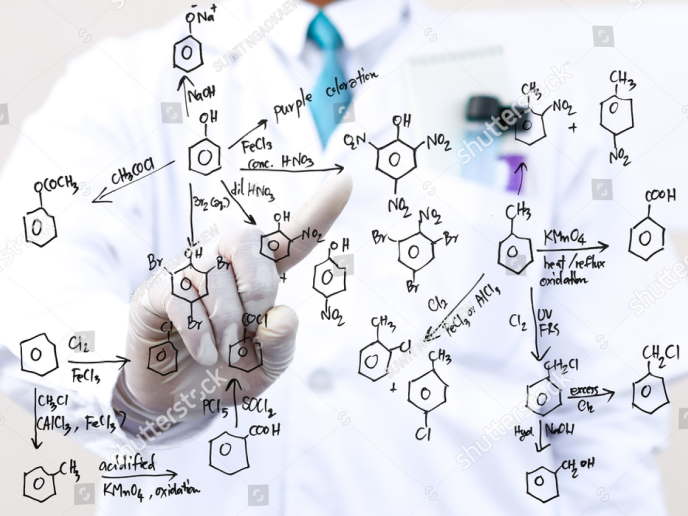Enzyme engineering to boost biotechnology applications
Glycosylation is a widely used process for improving solubility of healthy food or drug compounds, enhancing the activity of certain antibiotics or modulating the characteristics of flavours or odours. Performing glycosylation reactions via the enzymatic route rather than chemical synthesis is more specific and efficient, environmentally friendly and utilises less energy. However, glycosyltransferases (GTs) – the enzymes that perform the process of glycosylation – require nucleotide-activated sugars to function, which are costly for industrial applications. The EU-funded SUSY project proposed to address this issue through the development of a more cost-effective multi-step process based on the unique properties of three types of sugar-modifying enzymes: levansucrase, sucrose synthase and glycosyl transferase. “The idea was to use sucrose as the starting point of the process, which is a very cheap and abundant substrate,″ explains project coordinator Prof. Tom Desmet. “By combining the three enzymes in a multi-step fashion, we recycle the expensive intermediary compounds throughout the process, reducing considerably the cost of glycosylated products″ he continues. Engineered enzymes with novel properties Considerable effort went towards addressing certain limitations associated with the natural variants of the employed enzymes, such as narrow specificity and limited stability. In this context, researchers performed extensive molecular engineering to identify new enzyme variants with improved characteristics, including wider substrate specificity. They employed a plethora of expression systems for recombinant expression of the engineered enzymes. In addition, enzyme variants of plant and bacterial origin were identified and their long-term stability was further increased through co-immobilisation protocols. In particular, the sucrose synthase from Acidiothiobacillus caldus, a prokaryotic organism that lives under extreme temperatures, proved the best candidate for engineering purposes. The enzyme was active at elevated temperatures, demonstrating enhanced thermostability as well as promiscuity towards alternative substrates. Effective isolation and downstream processing of the glycosylation products was realised through high-performance liquid chromatography protocols. Environmentally friendly processes In the final part of the project, the gained knowledge and information was translated to conditions for large-scale glycosylation processes yielding up to 100 g of product. This was performed at pilot-plant facilities of the consortium partners, demonstrating the economic potential of the SUSY technology and supporting subsequent valorisation of project results and technologies. Importantly, researchers evaluated the environmental impact of the newly developed biocatalytic processes showing that the energy used reduced the ecological footprint of the entire process. With enzymes serving as important biocatalysts outperforming chemical synthesis, the deliverables of the SUSY project are expected to improve and expand biotechnology applications in the food, chemical, pharmaceutical and personal care industries. The technology has the potential to extend towards galacto-, manno- and fucosylation, broadening the range of synthesised products. At the same time, SUSY will fuel development in the chemical industry by providing the framework for the cost-effective production of glycosides, leading to a whole range of new compounds. In view of the future, Prof. Desmet’s envisions “biocatalysis to constitute a major pillar of the green chemistry, with enzymes offering significant ecological benefits, given their low energy consumption and lack of toxic waste generation.″
Keywords
SUSY, glycosylation, glycosyltransferase, enzyme, biocatalyst







